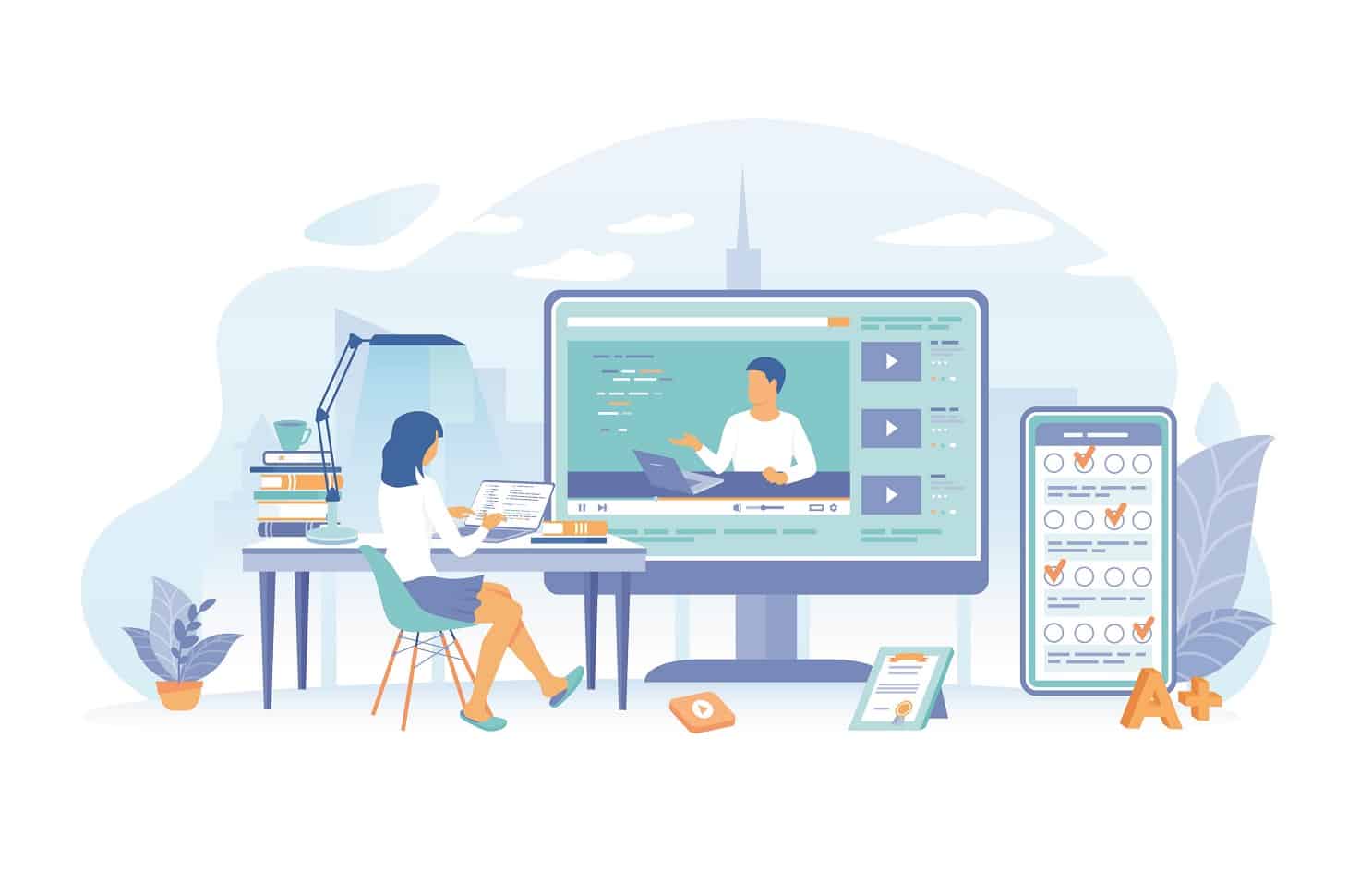24 February 2021
4

An accelerated reinvention of learning technologies is underway today. In 2020, the marketplace for talent platforms exploded. Many new categories have emerged—from learning experience tools and collaborative program management tools to micro-learning tools. Each category provides a different approach to learning and development, but one of the most exciting is the learning experience platform, or LXP.
What Is an LXP? How Is it Different from an LMS?
LXPs are a front-end layer that typically reside on top of an LMS. They are used to enhance an individual learner’s engagement. They accomplish this through greater personalization and a larger amount of formal and informal content, such as TED Talks, YouTube videos, Harvard Business Review articles, and massive open online courses (MOOCs). These systems employ machine learning to assess employees’ skills and recommend content.
Interest in and demand for learning experience platforms (LXPs) accelerated in 2019, according to Gartner. Learning management systems (LMS) traditionally focus on scheduling, registering, and tracking learners’ activities. LXPs go a step further by delivering personalized learning paths, channels, and collections of learning materials. This allows learners to organize, access, and share relevant resources, while discovering more avenues of learning.
The Benefits of an LXP
Today, many CLOs and L&D leaders understand that the processes and systems they’ve relied on in the past no longer support their strategic vision for employee learning.
Event-based learning, instructor-led training, and systems that are rigid and static are incompatible with their priorities. Examples of these priorities include building a culture of learning, expanding learning opportunities across the workforce, and supporting business growth and success.
An approach to learning that does support these priorities has been the introduction of LXPs. Organizations that have been pioneering this trend have seen several benefits.
- Learning is more experiential and immediate
- Content is delivered when and where it’s needed
- Learning and development teams are leaner, more agile, and more strategic
The Challenges of an LXP
LXPs do have their challenges, however. One, for example, is a lack of integration. An LXP provides certain features that are missing from legacy LMS platforms. An inability to integrate means that employees would have to log into yet another system to access these features.
Certainly, LXPs have carved out a category in the overall learning technology space. But there’s a growing consensus that they create an additional (even unnecessary) layer. Some feel that the LMS should carry the responsibility of innovating and incorporating the features and benefits that make a next generation learning platform.
Moving Forward: Choose a Learning Platform with Both
Yes, the innovation of an LXP may be flawed in its effort to provide a point solution, but it is still the right innovation.
Additionally, it might not be clear that there are learning platform vendors out there that have known that learner experience needed more work in the LMS.
As a result, vendors have been working toward strengthening the LXP functionality in their LMS. Yet, legacy systems and an obligation to choose a brand-name vendor have left many in the dark to these new disrupters.
There is a better option than trying to implement an LXP as an added layer to an LMS. It is to choose a learning platform that includes both. This will enable you to:
- Have the important learner experience functionality you need
- And, reinforce your learning programs with a better content strategy
It’s helpful to remember that the LXP evolution has been driven largely by the customized conveniences of today. Employees are living in a world where everyone has access to whatever we need or want. And we can find it whenever we need or want it—from on-demand movie viewing to food delivery, and so on.
To deliver high-quality employee learning experiences, the platforms you select need to mirror this same level of personalization and immediacy.
Download our free Buyer’s Guide, Navigating Today’s Changing Learning Platform Landscape: A Guide for Choosing a Next-Generation LMS to learn how Schoox delivers an engaging learner experience and learning management functionality all within one system.
RELATED RESOURCES



